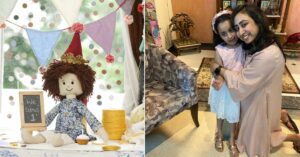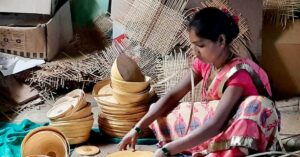This 99-YO Padma Shri Has Collected 2000 of India’s Finest Artifacts
Padma Shri Jagdish Mittal still recalls every story behind the 2000-plus artefacts displayed at his Hyderabad home also known as the 'Jagdish and Kamla Mittal Museum of Indian Art'.
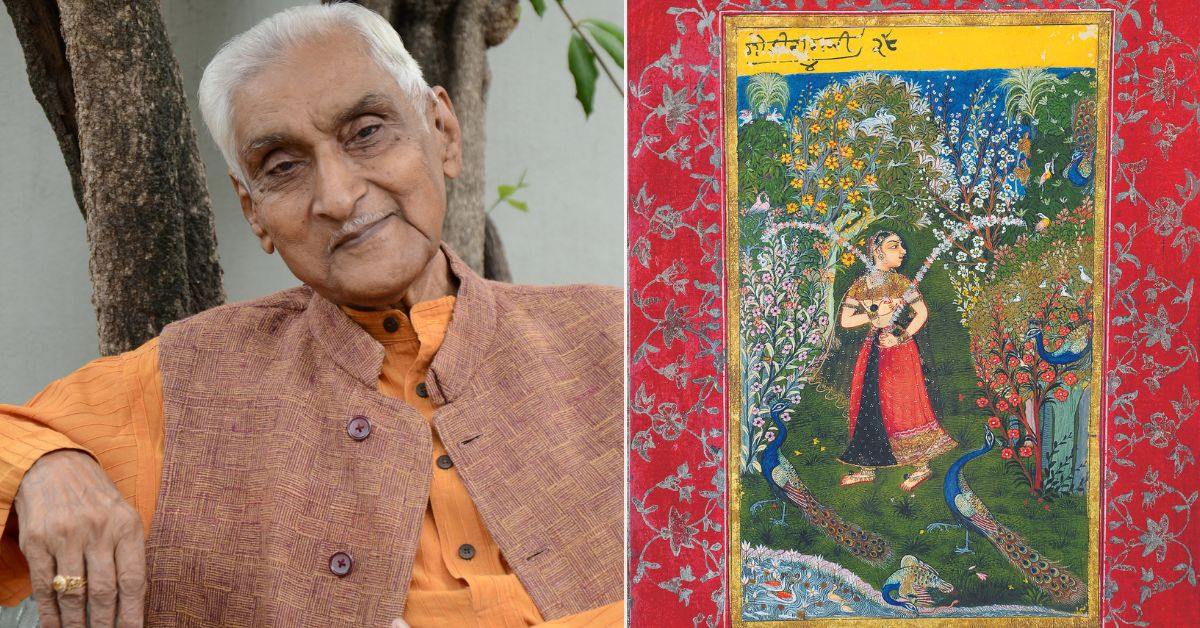
Tourists flock to the city of Hyderabad with visits to the Charminar and Golconda high on their itineraries. But few know of a place in the city’s Himayatnagar before which all other attractions seem to pale in comparison.
We’re referring to the home of Jagdish Mittal, a 99-year-old artist, whose life has been a journey of spotting magic in what others may presume to be ‘junk’.
The house, doubling as a museum for priceless and countless Indian artefacts, or its list of influential guests with the likes of Jacqueline Kennedy and William Dalrymple, has many more fascinating aspects to it.
What’s most interesting is how the ‘museum’ conducts itself, providing each guest with a personalised experience. And it is to Jagdish Mittal’s genius that this is possible.
If you expect anything like a regular museum exhibition in here then prepare to be disappointed. Things play out differently here. Every piece is in storage, carefully protected, until it needs to be brought out for viewing.
Mittal’s grandson and CEO of the museum, Naveen Beesa, is at the helm of things here. “Unlike other museums, we have a very unique way of looking at objects. We don’t have them on display or in cabinets or on the walls. You can touch the object, feel it and see it up close.”
Viewing is only available on an appointment basis.
He shares with The Better India, “When we give out appointments, we try to learn what people are interested in, what are the paintings, textiles they wish to see, etc. We then make it available for them on the designated day.” And while you gaze at each work of art, Mittal’s commentary is bound to accompany it. After all, as he emphasises, “Each of them has a story.”
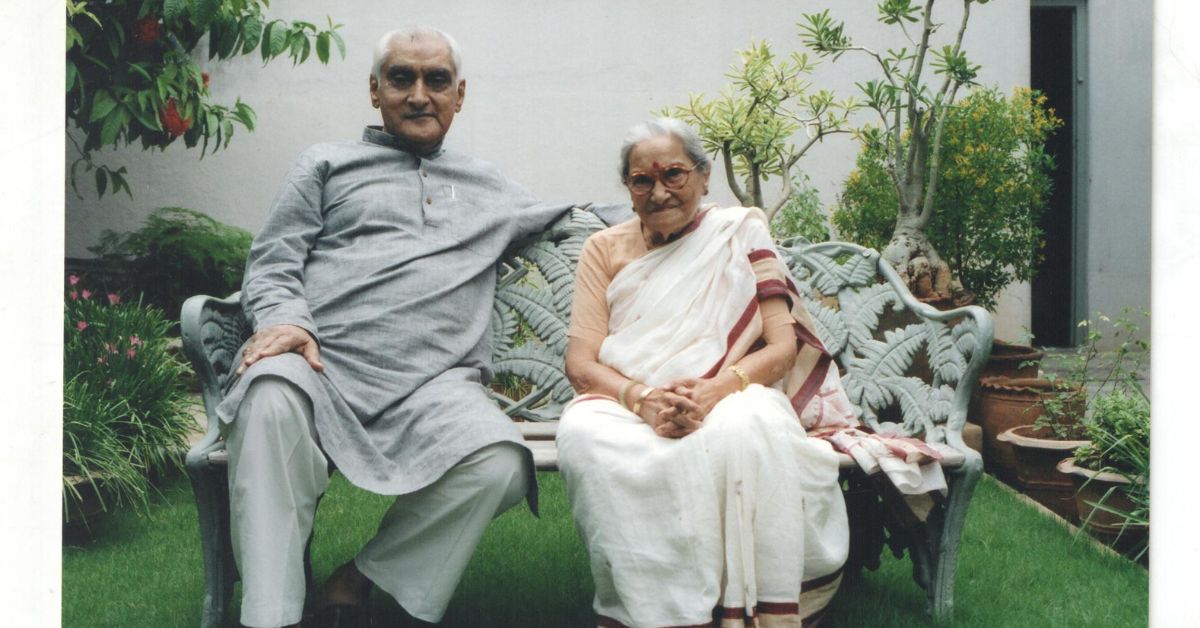
A set of beguiling beauties
Over the last 79 years, Mittal has been breathing new life into seemingly ordinary objects. “It is a knack,” he says, and we aren’t arguing. But as all stories are rooted in serendipity, so is Mittal’s.
Born in Mussoorie in 1925, he’d come to fall in love with nature and the slow way of living. However, this pace of life soon saw a detour when the family moved to Gorakhpur gratis his father’s engineering job. It was here that Mittal had his first tryst with the charm of the arts.
“I observed the craftsmen working near my house. I remember going to watch the potters and weavers at the age of seven. As I watched them work, my interest deepened,” he recalls, adding that a career in crafts wasn’t the traditional route encouraged for the men of the family. They were all engineers. But Mittal had found his calling. And there was no wondering otherwise.
As early as Class 6, he had a knack for discerning which pieces of art were associated with a legacy. “I remember seeing a painting in a history textbook in school. I was drawn to it. But the next year the syllabus changed and the book was no longer available.”
What did Mittal do?
“I travelled three miles to buy the book for the painting in it. I still have it,” he chuckles. You can only imagine his joy in discovering later that the painting was a reprint of the one the great Mughal connoisseur, Dara Shikoh, had gifted his wife.
With these early instances serving as his springboard, Mittal’s formal foray into the arts began when he was 17 years of age when he began taking painting lessons. These introduced him to the world of artists and sculptors who lay beyond the classroom.
But Mittal hasn’t been alone in this journey of collecting valuables for the museum. By his side was his wife and fellow artist, Kamla. The duo met at Kala Bhavana, the progressive visual arts institution founded by Rabindranath Tagore in 1919. They soon got married.
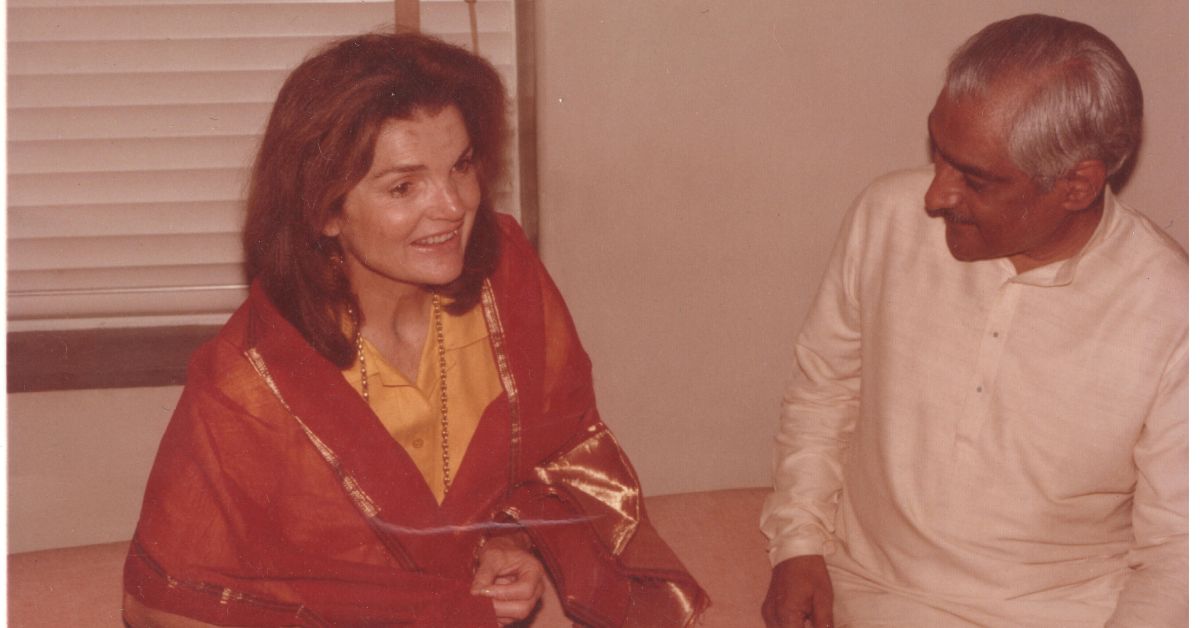
Bonding over a shared aesthetic
It is safe to say that the Jagdish and Kamla Mittal Museum of Indian Art set up in March 1976 is a world in itself. It boasts over 2,500 of India’s finest artefacts dating from 1200 AD to 1900 AD, each with a story of its own. As Naveen shares, “My grandfather does not buy anything in any of the auction houses. Everything that is in the museum is something he has seen during his travels and bought.”
But ask Mittal to recall his favourite piece, and he says it’s unfair.
“It’s like you’re asking me to pick between my favourite children.” However, that being said, he does let us in on the story behind his first collectible. While at Shantiniketan in 1946, Mittal stumbled upon a fisherman one evening carrying a basket. This wasn’t an unusual sight. But what drew Mittal to it was the basket’s covering.
“It was ‘kantha’ embroidery,” he explains, referring to the popular heritage craft of Bengal which involves layers of cloth being stitched together with multiple lines. He continues, “I asked the fisherman to sell me the covering. I asked him how much he would charge. He said Rs 3. I did not have change and gave him Rs 5.”
The covering embroidered with coloured aquatic creatures was later exhibited in the ‘Festival of India’ exhibition at the Metropolitan Museum of Art in New York in 1985.
The 1990 Padma Shri awardee’s intention is for his love for arts to be transmuted to other students too. This is how the idea of turning the home into a museum took shape.
As Naveen shares, “When my grandfather was travelling across India, he donned different roles — sometimes an art teacher, a designer, a painter — he saw that there were so many good things here. It also made him realise that there existed a disconnect between students and art. So when he started this collection, it was with a very simple objective that art has to be accessible.”
Here’s a look at some of the masterpieces of the collection. If you found our stories insightful, informative, or even just enjoyable, we invite you to consider making a voluntary payment to support the work we do at The Better India. Your contribution helps us continue producing quality content that educates, inspires, and drives positive change. Choose one of the payment options below for your contribution- By paying for the stories you value, you directly contribute to sustaining our efforts focused on making a difference in the world. Together, let’s ensure that impactful stories continue to be told and shared, enriching lives and communities alike. Thank you for your support. Here are some frequently asked questions you might find helpful to know why you are contributing?

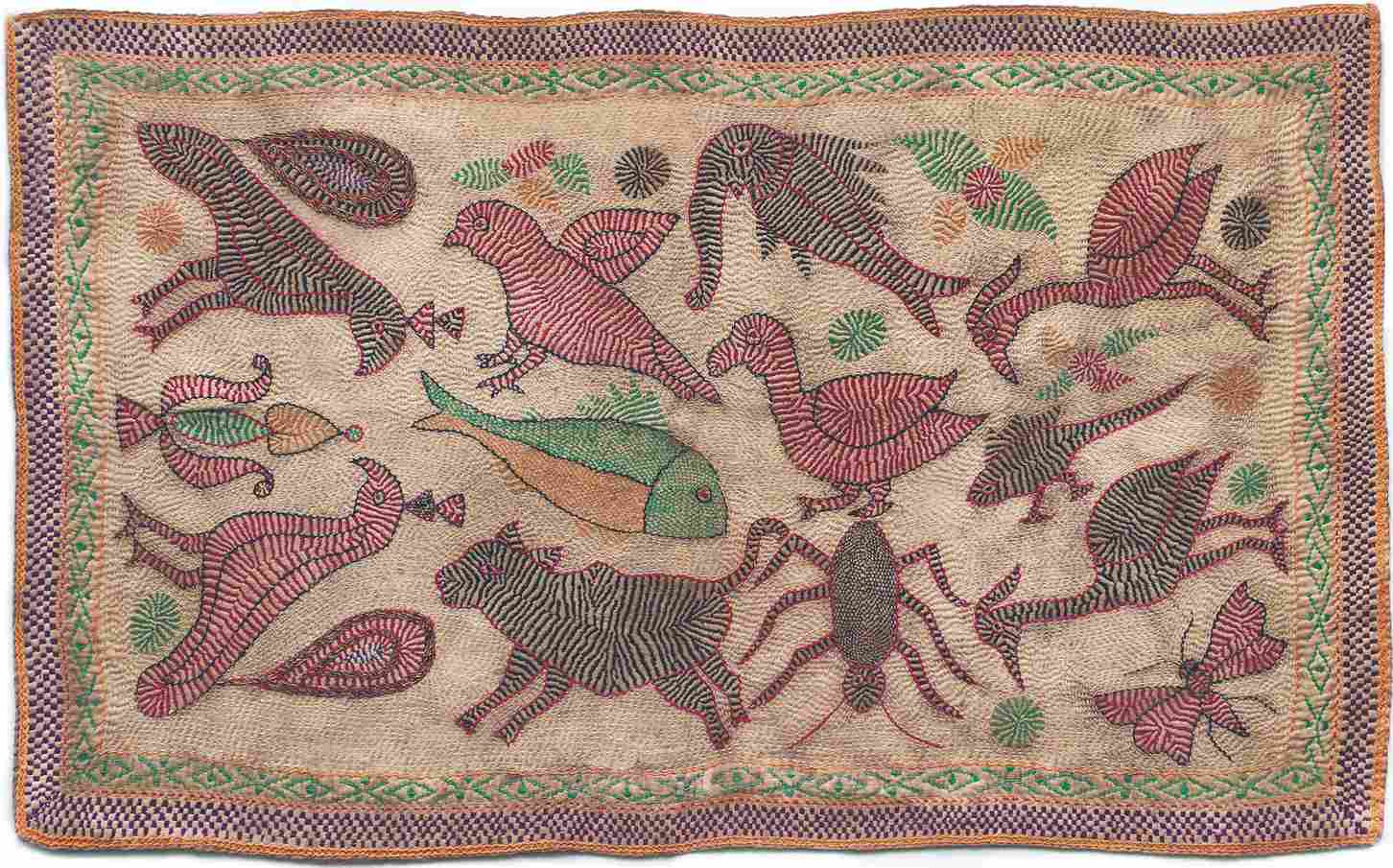
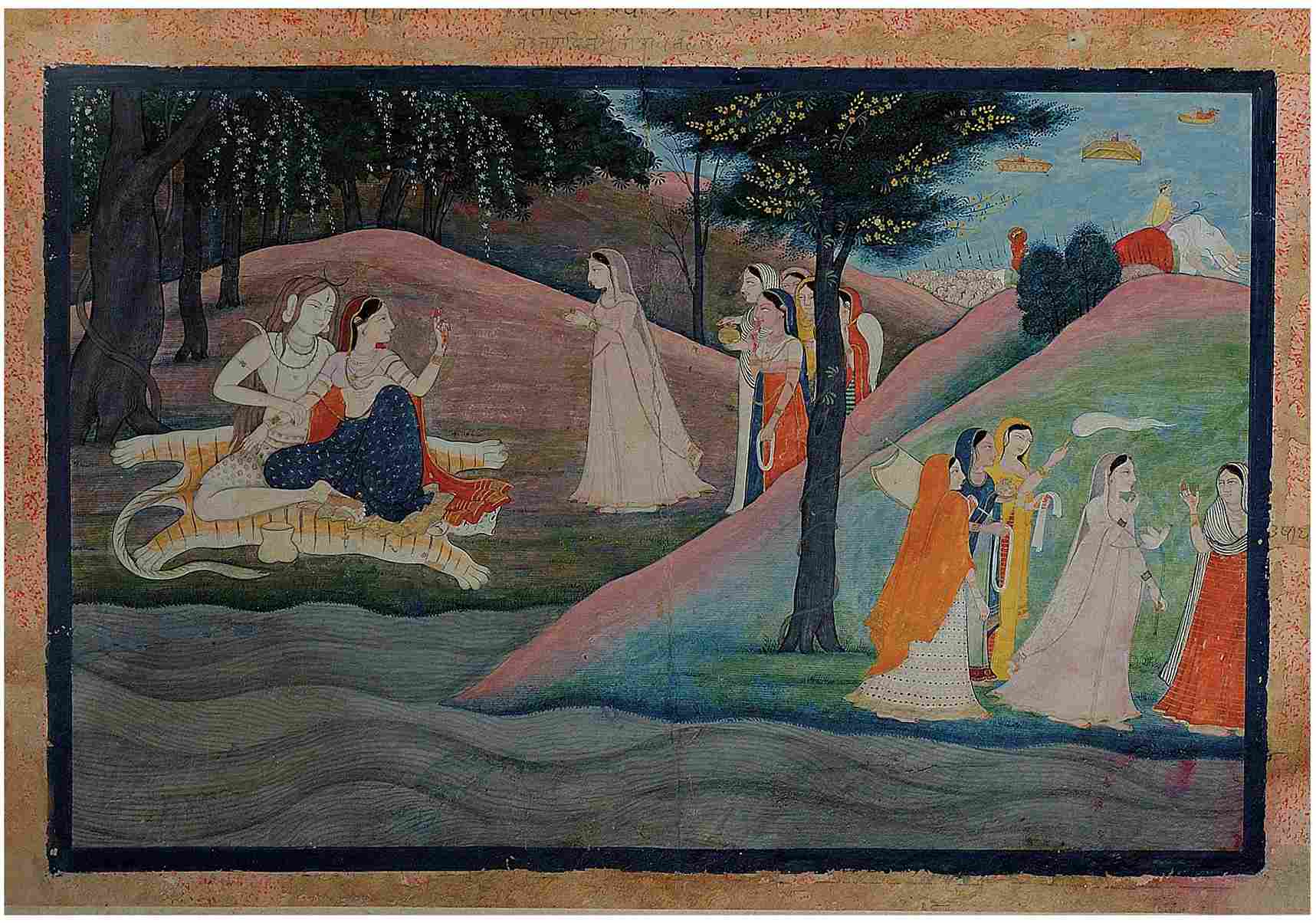
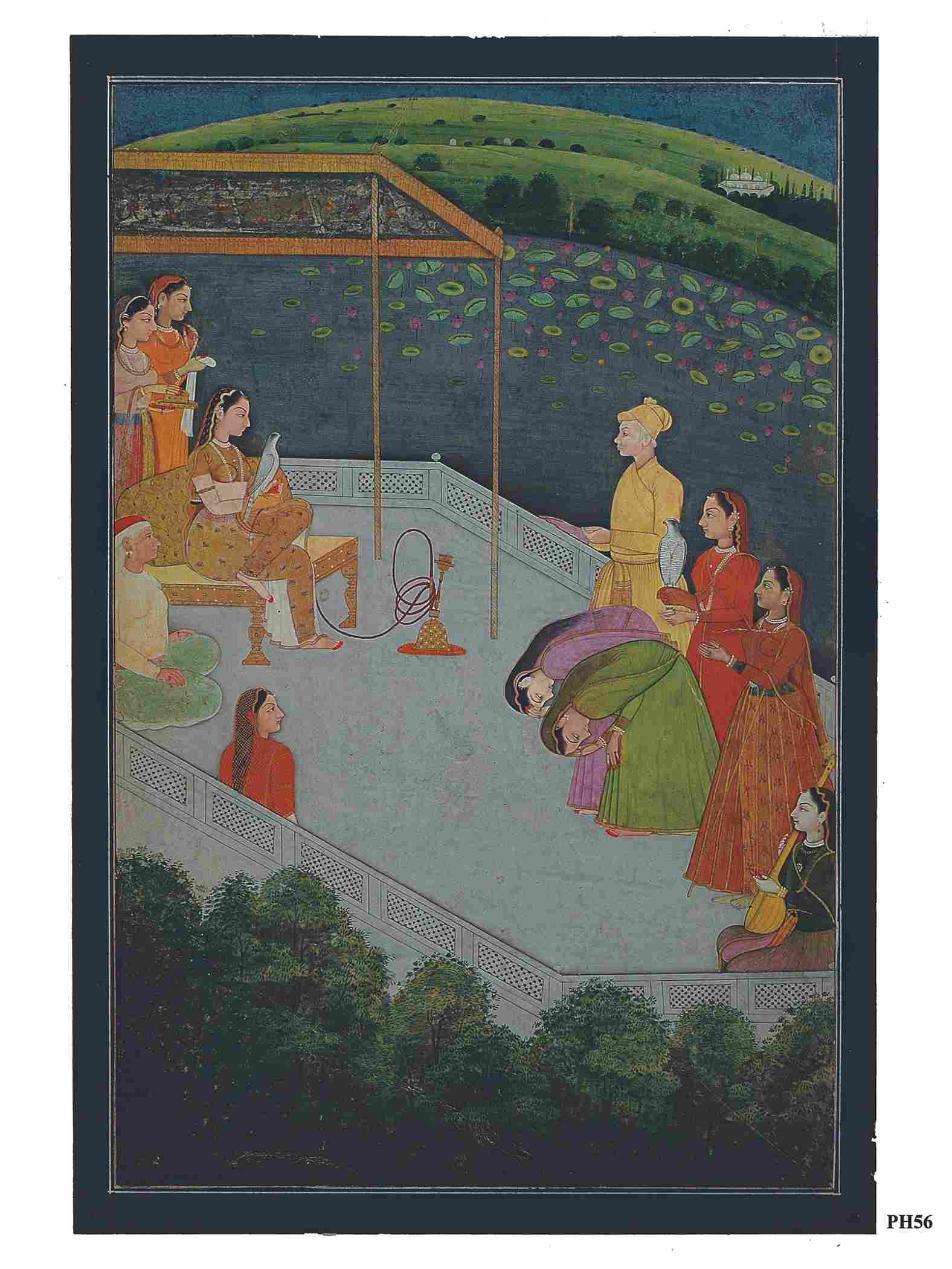


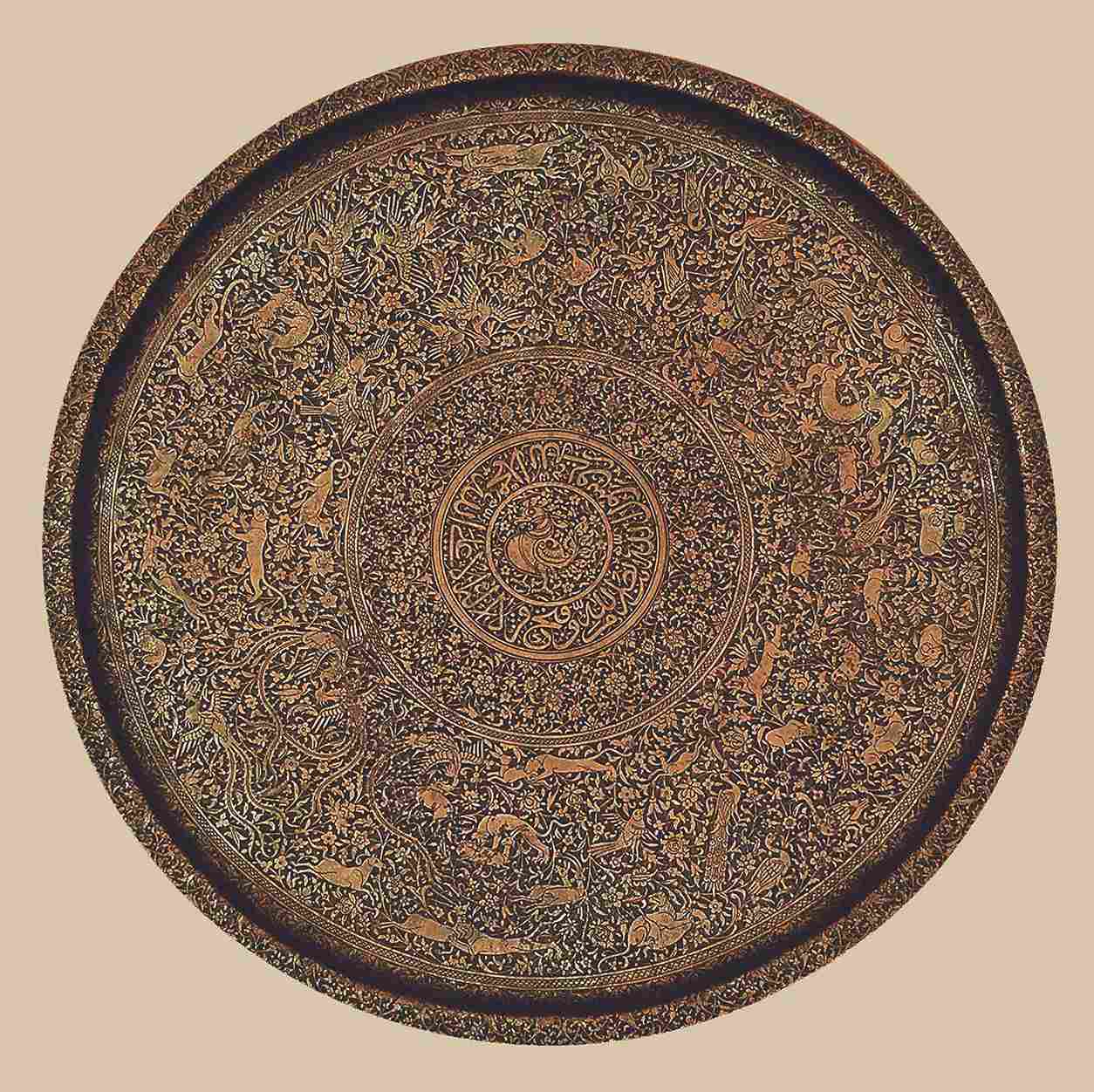
copper, with chased and engraved work, Deccan, Golkonda, c.1600, Acc. No 76.1442
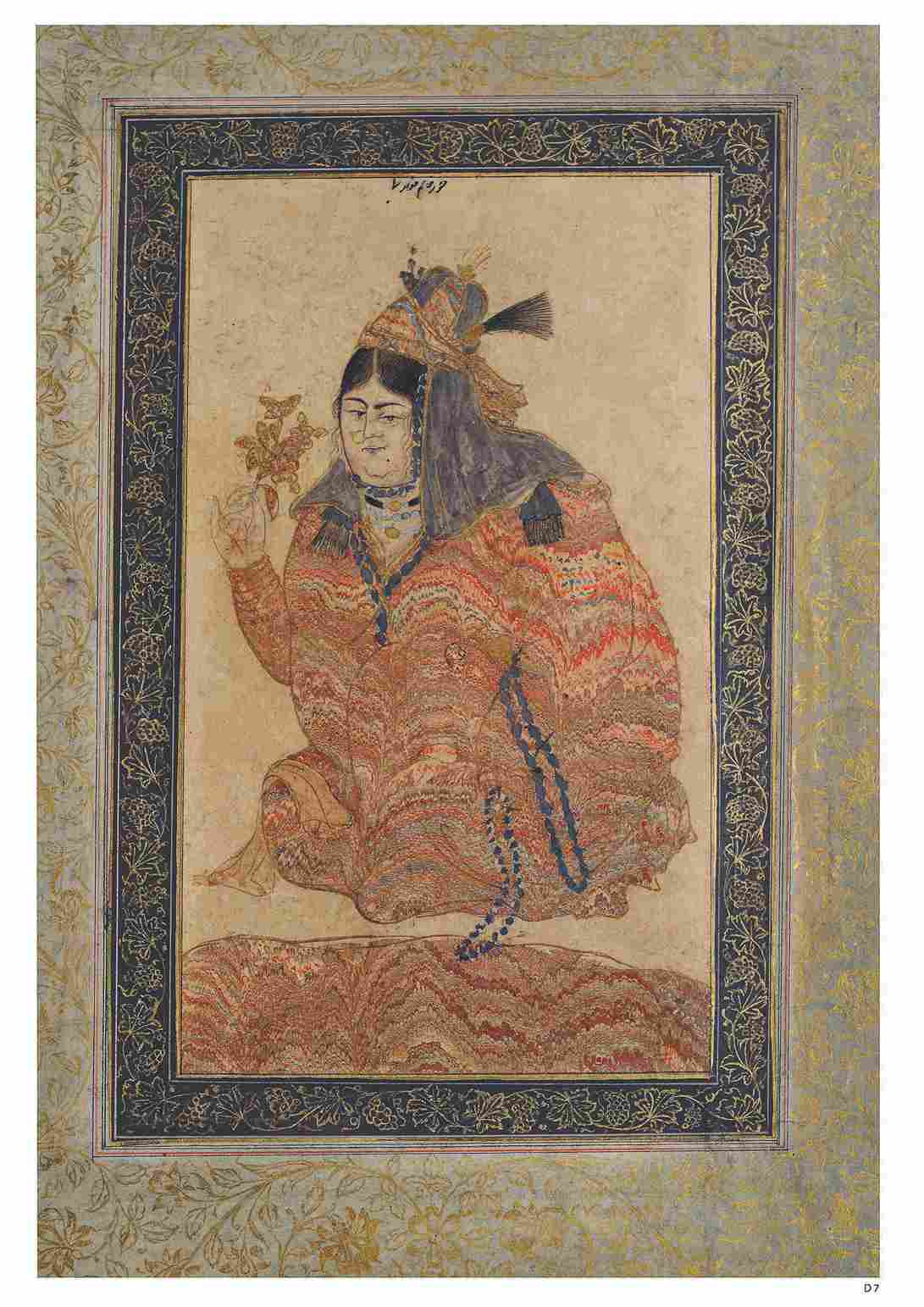

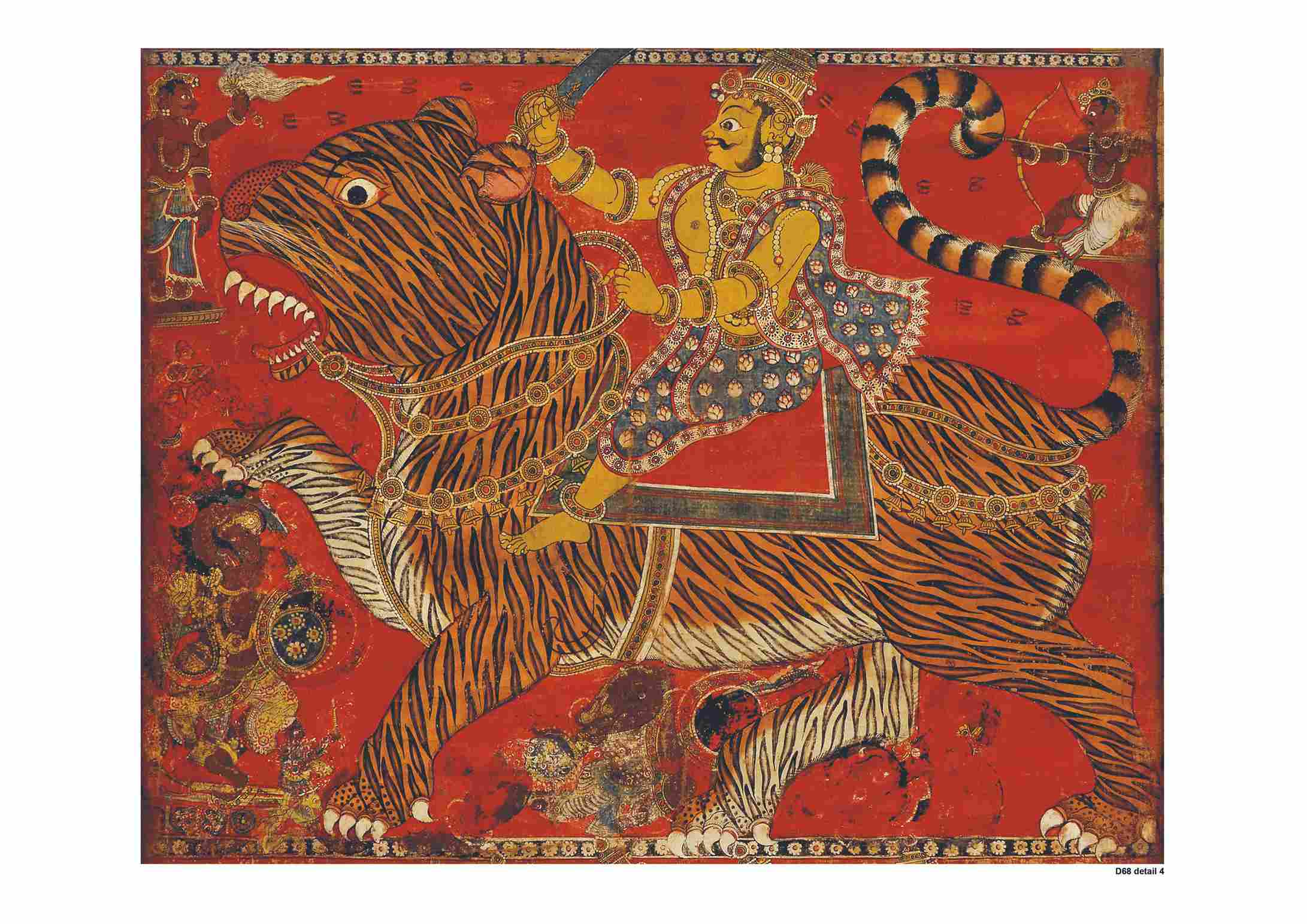
All picture credits: “Collection: Jagdish and Kamla Mittal Museum of Indian Art, Hyderabad.”
Edited by Padmashree Pande.
This story made me
-
97
-
121
-
89
-
167




